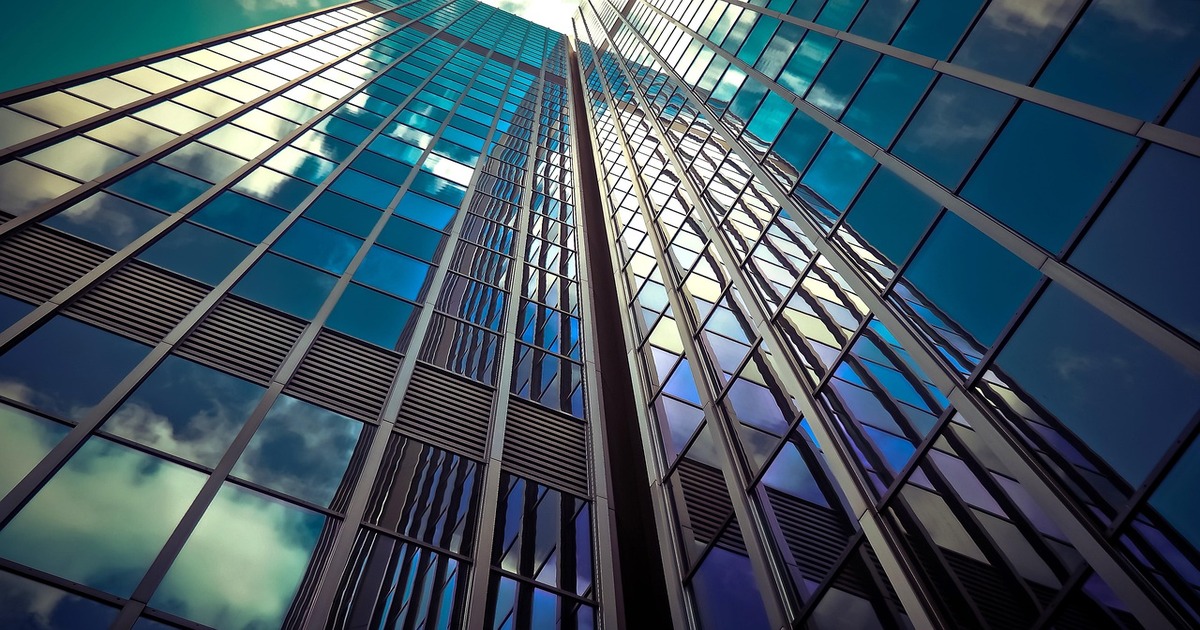Smart glass is a cutting-edge an advanced building material that changes or user commands by altering its properties in response to environmental conditions or user control. It can automatically change its tint to control solar heat and glare allowing just the right amount of natural light to enter throughout the day. This dynamic feature helps lower energy usage in buildings by reducing the reliance on heating, cooling, and artificial lighting. By improving indoor comfort and supporting energy efficiency to sustainable building practices. write in a other way, smart glass plays a vital role in promoting sustainable and eco-friendly construction.

Consequently, this adaptive greatly lowers a building’s energy usage by minimizing the demand in buildings by decreasing the need for heating, cooling, and artificial lighting. It also improves indoor comfort and productivity making it a valuable component in environmentally responsible building design.
How Does It Work?
The technology relies on electrochromic or thermochromic materials to adjusts transparency when needed. Upon activation, the glass switches from clear to different levels of tint levels within minutes, offering accurate control over solar heat and sunlight transmission.
Research indicates that buildings using this smart glazing with this technology can reduce their HVAC energy use by as much as 20% and reduce lighting expenses by up to 60%. While the upfront cost is generally higher than conventional glazing systems, though the long-term energy savings make it a worthwhile investment.
Types of Dynamic Glazing
The types are classified based on their activation method:
1.Electrochromic Panels: These controlled panels that adjust their tint through a low-voltage electrical signal, allowing for precise, user-controlled shading. Ideal for commercial buildings they are especially well-suited for large-scale and high budget projects.
2.Thermochromic Windows: These windows react to temperature changes, that automatically darken as they get warmer. They offer an effective solution for suitable for passive solar control.
Advantages
Lowers air conditioning expenses by as much as 25% in commercial buildings
- Removes the necessity for blinds or shades
- Offers on-demand instant privacy control at the touch of a button
- Shields interior furnishings from harmful UV rays
- Improves comfort and productivity. write in a other way
FAQs
What is the distinctive lifespan? With proper care, The technology typically lasts 20-30 years with proper maintenance, similar to conventional glass systems.
How much energy does it save? Buildings using this technology typically report 20-30% on heating and cooling, energy savings on HVAC costs and up to 60% on lighting cost.
Is it economically perfect the investment? Although the upfront cost is higher than traditional glass, the return on investment usually occurs within 3-5 years through significant energy savings and increased property value. write in an other way.

